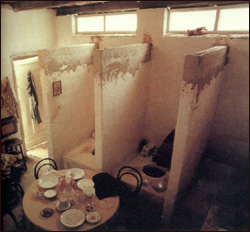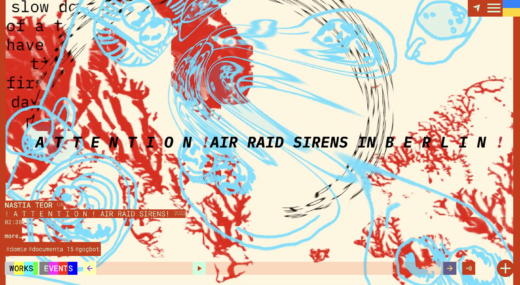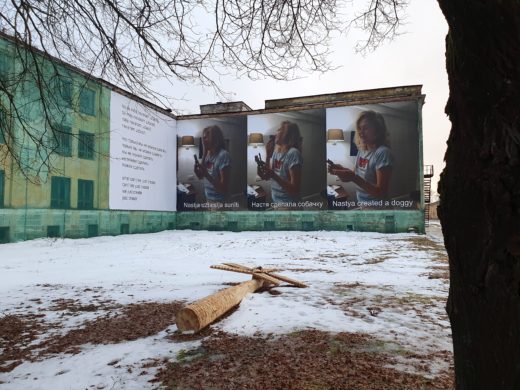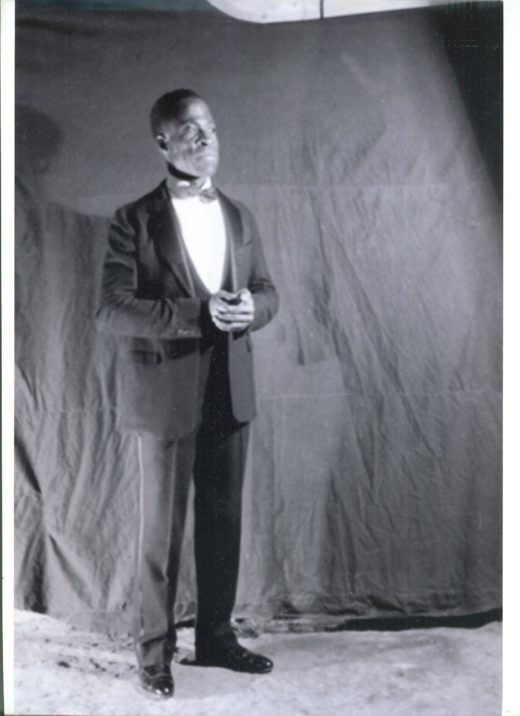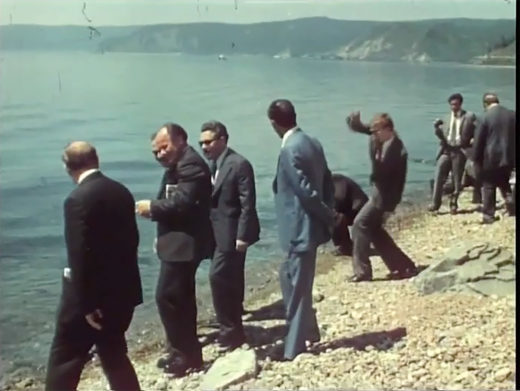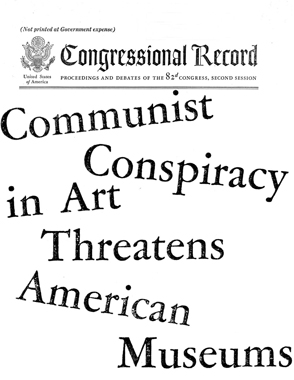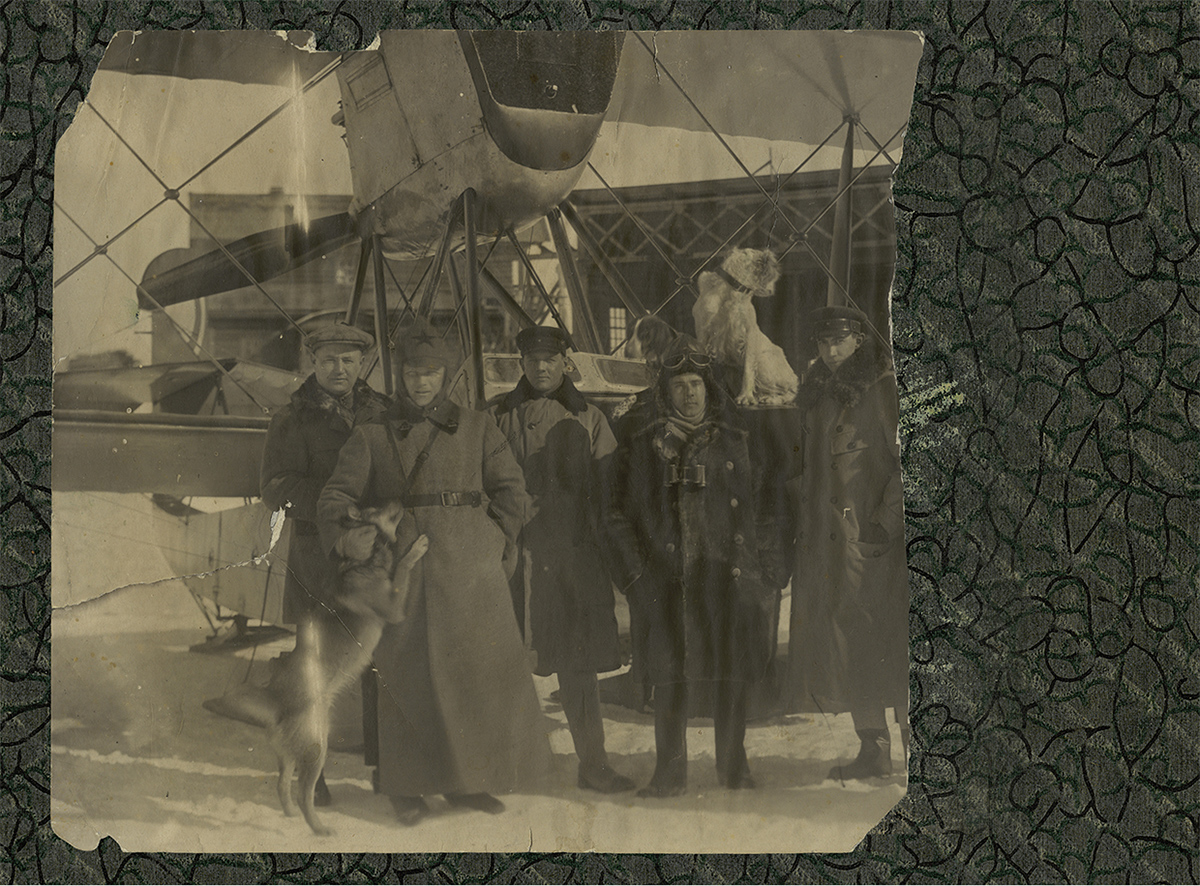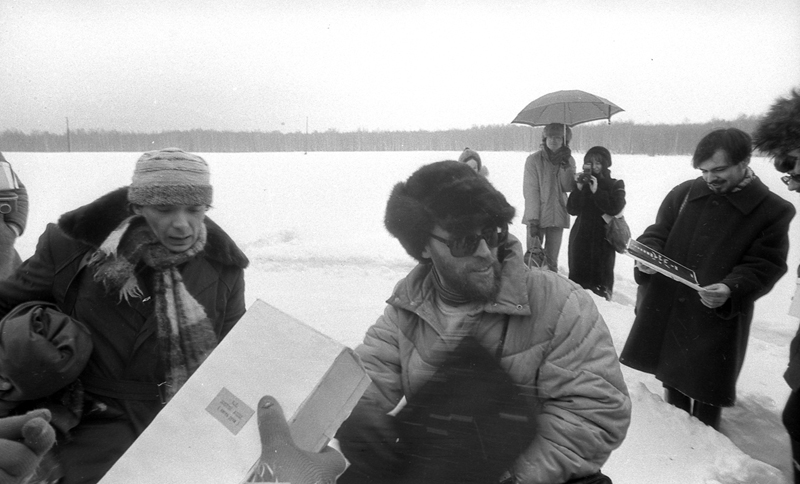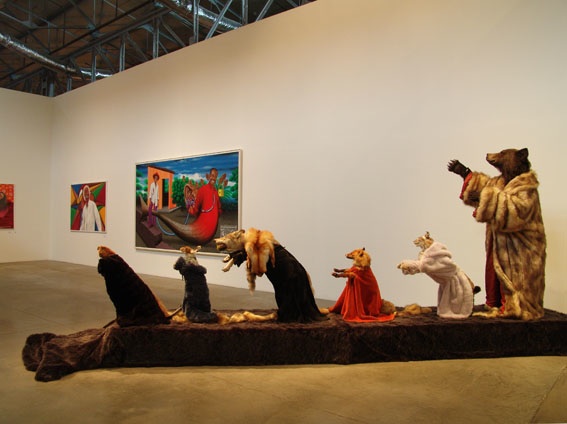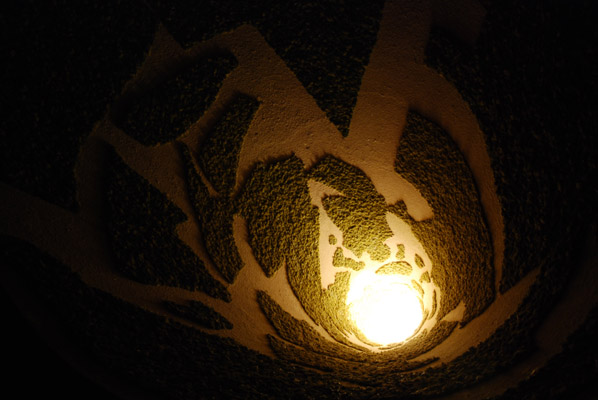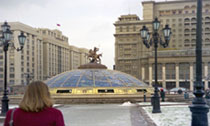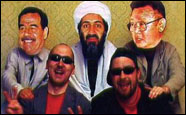Ilya Kabakov: The Soviet Toilet and the Palace of Utopias
This text was first published on the ARTMargins Online website on December 31, 1999. It is being republished in honor of its author Svetlana Boym (1959–2015), and Ilya Kabakov (1933–2023).
At the end of the millennium, it has become fashionable to speak about the “end of history” and the “end of art,” to say nothing about the end of the world. Boris Groys has commented that Soviet civilization was the first modern civilization whose death we have witnessed, and there are more to come.(Boris Groys, “Un homme qui veut duper le temps” in Installations 1983-1995 (Paris: Centre Georges Pompidou, … Read more

